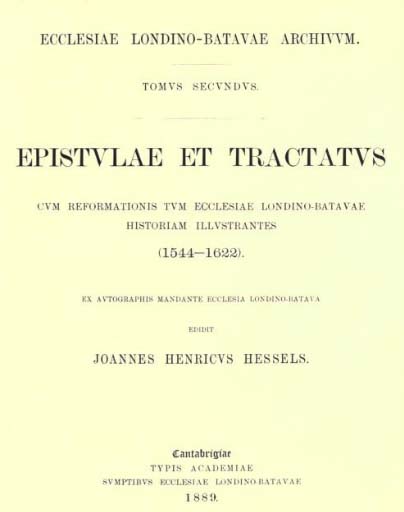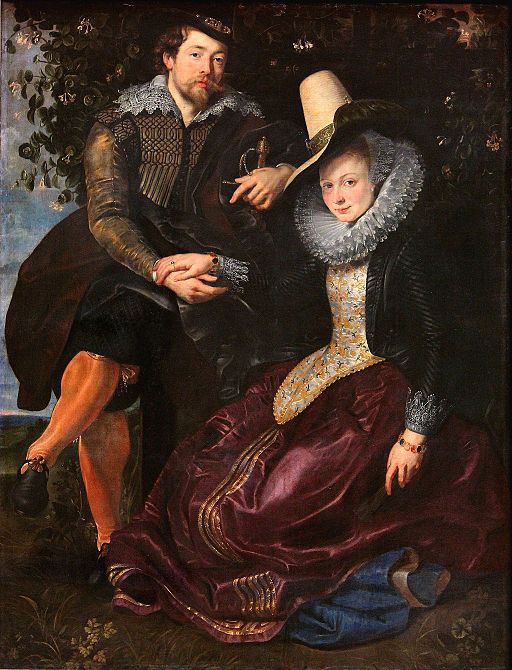The scholar John Henry [Jan, or Johann, Hendrick] Hessels spent most of his working life in Cambridge. The son of an engineer, he was born in 1836 and raised in Haarlem, and his entry in Venn’s Alumni Cantabrigienses tells us he ‘lived in Cambridge for some forty years, working daily in the University Library’. He studied the history of printing in Holland, he edited Lex Salica, and most important for early modern scholars, he transcribed and published the archive of the Dutch Church in London. It is the metadata for these letters that EMLO is publishing volume by volume at present.
The archive consists of more than 4,400 letters which span the years 1544 to 1874. Following a major fire at the church of Austin Friars in 1862, the correspondence archive and the Church’s library were deposited in the Library of the Corporation of the City of London at the Guildhall. At this point the archive contained the correspondence of the cartographer Abraham Ortelius (which was published earlier this year in EMLO) in addition to the letters concerned with the affairs of the Church and its members. Hessels, who was admitted to St John’s College, Cambridge, on 21 November 1894, arranged for the archive to be removed in 1884 to Cambridge University Library. There he prepared the letters for publication and, after completing two volumes (that of the Ortelius/Collius collection in 1887 and then the letters of the members of the Church in 1889), worked to reorder a significant number of letters — from boxes that came to light subsequently — into a chronological listing for a two-part third volume, which came out in 1897.
To date EMLO has published records for the letters contained in the first two volumes of Hessels’s edition and will be working to upload metadata for the letters in the third volume in the later months of this year. This catalogue is a welcome addition to the growing list of EMLO’s ‘archive collections’ which may be consulted via the thematic listing page. With the exception of the Ortelius letters — these were dispersed via the saleroom to fund repairs to the Church following damage during wartime air raids — the manuscripts may be consulted today in the London Metropolitan Archives. They make up a fascinating collection and chart the history of the Church and its members from the earliest days and the grant, in 1550 by Royal Charter, of the nave of the former friary church at Austin Friars. Following publication of the third and final volume, Hessels returned to his work on Latin-Anglo-Saxon glossaries. The publication of this archive of the Dutch church in London has proved his magnum opus, however, and volume two alone enables scholars to consult letters from the first superintendent of the Church John a Lasco [Jan Łaski], from Reformed theologians Theodore Beza, Martin Bucer, Heinrich Bullinger, and Jan Utenhove, from scholars Lipsius and Junius, and from a host of politicians and diplomats, Walsingham, Burghley, and Duplessis Mornay to name just a few. We hope you will enjoy exploring the letters from this rich and varied archive and will follow the links provided to consult Hessels’s printed texts. And as you make use of the resource we trust you will not emulate its editor too closely (for details you’ll have to consult Hessels’s entry in Venn)!

